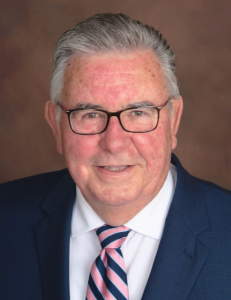
First of all, if you use a wheelchair you just can’t get on the plane, like anyone else. The airline will have to use an isle chair to get you to your seat. Suffice it to say, you are loaded on this “chair”, strapped in like a piece of luggage, and carted down that very narrow isle, until you arrive at your seat. Then if you need assistance to transfer, you will need your PCA or a family member to help get you into the seat. Of course, the seat is very narrow, so if you are like me, and have a little excess “baggage”, it requires a little shimmy to get finally settled. Once settled in, you hope that they put your manual chair on the plane as well, otherwise you are stuck when you finally arrive at your destination.
And as if that is not humiliating enough, don’t try to use the bathroom on the plane, because it isn’t accessible—for anyone, let alone someone who uses a wheelchair. Now most able bodied people can get into the bathroom however it is just impossible for someone who uses a wheelchair to get in at all. So that begs the question, if you have to go, what do you do?
So my next question, is why with the ADA and all the laws on the books about equality and treating the disabled with the same rights as anyone else, how can the airlines get away with this? The answer is that the airlines are EXEMPT from certain portions of the ADA, and making airplanes accessible is one of them.
Under the Air Carrier Access Act ( ACAA ) single isle planes built prior to 1992 are not required to have an accessible bathroom. These are the planes most used on Domestic flights (airbus 300 series). Planes built after 1992, with twin isles, are required to have at least one accessible lavatory, complete with door lock, accessible call button, and grab bars. Planes that travel overseas, on longer flights are also required to have an accessible lavatory. However, even on those planes that do have an “accessible” lavatory, most disabled say that they still can’t use that lavatory, because there are no specifications about height or placement of grab bars that are required to be used by the airplane manufacturers. As a result, the airlines can interpret these regulations to fit their own benefit. And we all know that creating bigger, accessible bathrooms on airplanes will take away precious seats, which means a loss of revenue. Something needs to be done about this condition. I plan to write to my congressman and will join with other advocacy groups to force the airlines to make changes so that anyone who uses a wheelchair, will also be able to use the bathroom on an airplane in flight.
